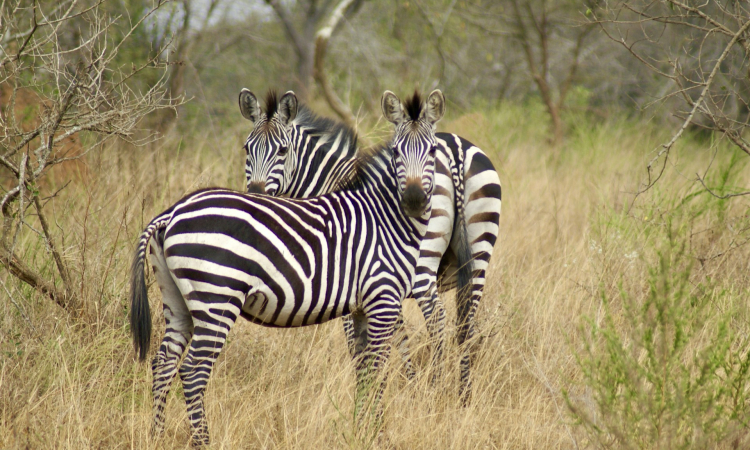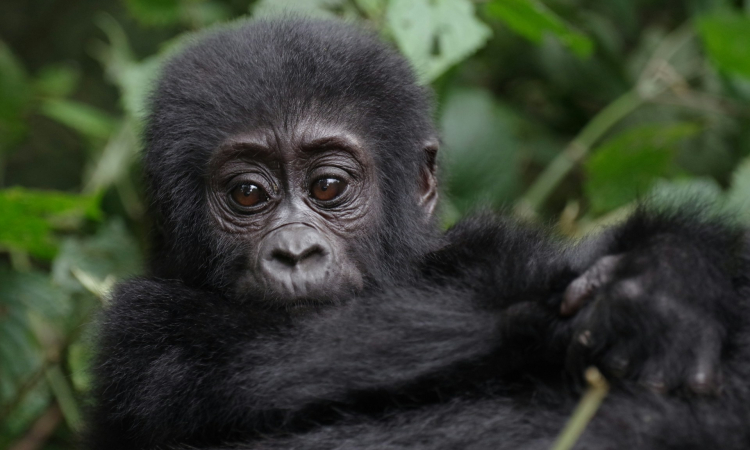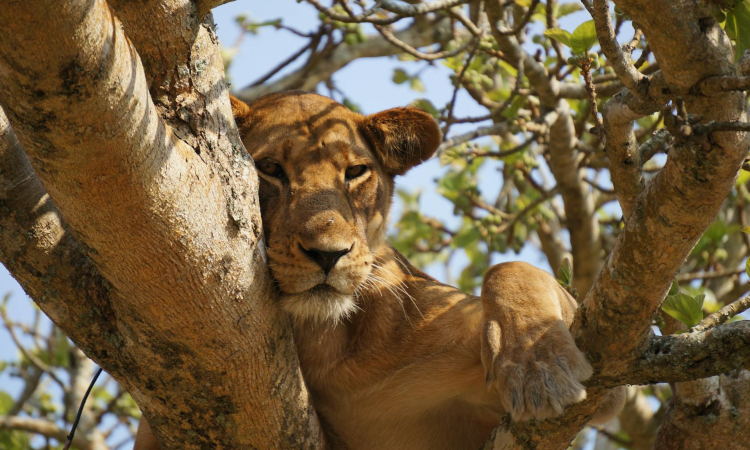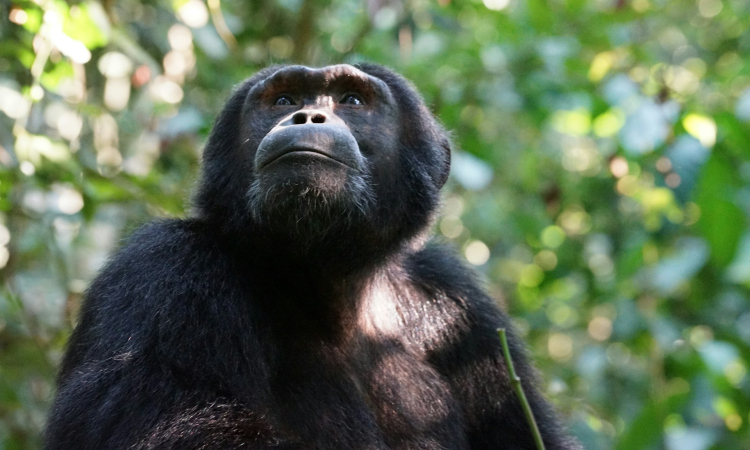The climate and weather of Lake Mburo National Park are warm and mild because of its location near the equator. The park experiences two rainy seasons and two dry seasons each year. Rain falls throughout the year, but some months receive more rain than others. Daytime temperatures range from 25 to 30°C, while nighttime temperatures drop to between 15 and 20°C.
The first dry season runs from June to August, and the second one is from December to February. These months have little rainfall, and the days are hot and dry. Roads are easier to use, though they can be dusty.
This is the best time for wildlife viewing, as animals like zebras, buffaloes, and impalas gather near water sources. It is also a good time for game drives, boat cruises, and nature walks.
Since this is the peak season, it is best to book your accommodation early. Pack light clothes, comfortable hiking boots, a reusable water bottle, sunscreen, sunglasses, a hat, and snacks.
The wet season runs from March to May, with the heaviest rains in April. Another rainy period happens from September to November, with November receiving the most rain.
The vegetation becomes green, and this is the best time for bird-watching, as many migratory birds are present. Few tourists visit during this time, so the park is quiet and calm.
The green scenery is good for photography, with clear skies and bright colors. However, roads can become muddy and slippery.
Malaria risk is also higher due to standing water that allows mosquitoes to breed. Be sure to pack insect repellent, a rain jacket, a camera with extra batteries, binoculars, and a first aid kit.
4×4 vehicles are recommended throughout the year. Only these vehicles are allowed for self-drive game viewing. The weather and climate in Lake Mburo affect wildlife movement, breeding, and population.
Long droughts can cause animals to leave the park in search of water and grass, which sometimes leads to human-wildlife conflict and a drop in animal numbers.
In conclusion, the climate and weather in Lake Mburo are shaped by its position near the equator, its vegetation, altitude, and its location between the Rwenzori Mountains and Lake Victoria. The park can be visited all year round.







